The internet is filled with facts, both true and otherwise. In Film Trivia Fact Check, we’ll browse the depths of the web’s most user-generated trivia boards and wikis and put them under the microscope. How true are the IMDb Trivia pages? You want the truth? Can you handle the truth? We’re about to find out.
Claim: “John Carpenter didn’t plan on having Michael Myers in another Halloween movie, only the first. He wanted a different Halloween-related story each time, but after the first Halloween (1978) was a success, producers forced him to use Myers again. He did but killed off Myers and Loomis to be done with them. Then he produced Season Of The Witch to get back to his original plan, but at that point, people were expecting Myers again, so it failed. Carpenter then sold the rights years later, because he wasn’t interested in doing more Myers. The new owners then brought Myers and Loomis back in 1988 with little explanation how they survived.” [Source: IMDb]
Rating: Two-and-a-half Roberto Benigni Pinocchios. Like many factoids online, this mixes fact, myth, and conjecture.
Context: John Carpenter has rarely, if ever, been coy about his desire to make money. Who can blame him? But that doesn’t mean he immediately knew what to do with Halloween after his original slasher became 1978’s highest-grossing independent film. The years following Halloween were a complicated mess for Carpenter, with the director trying to jump to bigger projects but being handcuffed to Haddonfield.
“I let my producer’s side come out when they offered me the sequels,” Carpenter told Cinema Showcase in 1984. “They offered a nice sum of money. I also had a lot of hope for giving new directors a chance to make films, as I have been given a chance with low-budget films.”
“They offered a nice sum of money” is code for “I got sued.” Sequels weren’t a self-fulfilling prophecy in the late ’70s. Producer Irwin Yablans was ahead of the curve and planned to make a sequel soon after Halloween’s success. He had competition. Shortly after Halloween’s release, Yablans met Embassy Films CEO Bob Rehme on a plane, where Yablans told the executive about his and Carpenter’s plans for The Fog and Halloween II. Things didn’t go as planned. After their meeting, Yablans learned that Carpenter had signed a deal to make The Fog at Embassy.
“I was livid,” Yablans said. “I called Carpenter, and I got nowhere with him, so I did the only thing I could at that point: I sued them both.”
They agreed to make The Fog with Embassy to settle the dispute, and Carpenter committed to making Halloween II. It wasn’t a deviation from an anthology plan; Carpenter and producer/co-writer Debra Hill were required by law to make more Halloweens. Carpenter and Hill’s hands were tied, so they might as well cash in.
“I couldn’t stop them from making sequels,” Carpenter said in 2014. “So my agents said, ‘Why don’t you become an executive producer and you can share the revenue?’ But I had to write the second movie, and every night, I sat there and wrote with a six-pack of beer, trying to get through this thing. And I didn’t do a very good job, but that was it. I couldn’t do any more.”
The experience of Halloween II left everyone (except Yablans) done with Michael Myers. Hill told Fangoria in 1982 that she fainted when someone suggested another Halloween. The only thing that interested her and Carpenter was making something without Michael Myers. “[Halloween III] is a ‘pod’ movie, not a knife movie,” Hill told Fangoria. It’s a point reiterated by Halloween III director Tommy Lee Wallace, explaining their “money-making idea” for a Michael-less Halloween.
“Our thinking makes sense and is a real money-making idea that everybody somehow managed to drop the ball,” said Wallace. “Every year, let’s come out with a different movie on the subject of Halloween, All Hallow’s Eve, and all that goes with it. It could go in any direction it wants, and each one can spin off any number of their own sequels. Now is that not a great fertile idea that can make money for the rest of time?”
While it’s hard to tell if he’s being sarcastic, Wallace is describing the last decade of Hollywood filmmaking, with the clearest analog being The Conjuring. He’s also describing the idea most commonly reiterated online. However, it wasn’t the plan from the beginning, rather one landed upon after Halloween II was such an artistic failure for Carpenter and Hill. Unfortunately, their only attempt at the idea was Halloween III: Season Of The Witch, which bombed on release and spent the better part of 30 years headlining “worst sequels” lists before a recent re-evaluation. That hasn’t stopped Carpenter from explaining that he never wanted sequels to begin with. “I didn’t think there was more to the story,” he said in 2014. “All of my ideas were for the first Halloween—there shouldn’t have been any more!”
Aside from a writing and theme music credit, that was the end of Carpenter and Hill’s involvement with the series until Carpenter decided to score David Gordon Green’s trilogy of legacy sequels. After Halloween III, the pair hired Dennis Etchison, who had written the novelizations of Halloween II and III, to write a draft of Halloween IV. Unfortunately, soon after, Etchison received a call from Hill explaining that she and Carpenter had sold the rights to the series to Halloween producer Moustapha Akkad, who became the driving force of all things Halloween through 2002.
Ironically, Etchison’s script for Halloween IV was similar to what was happening behind the scenes:
“Halloween was banned in Haddonfield, and I think the basic idea is that if you try to suppress something, it will only rear its head more strongly,” Etchison says in the documentary Halloween: 25 Years Of Terror. “The very attempt to erase and repress the memory of Michael Myers, they were ironically going to bring him back into existence.”




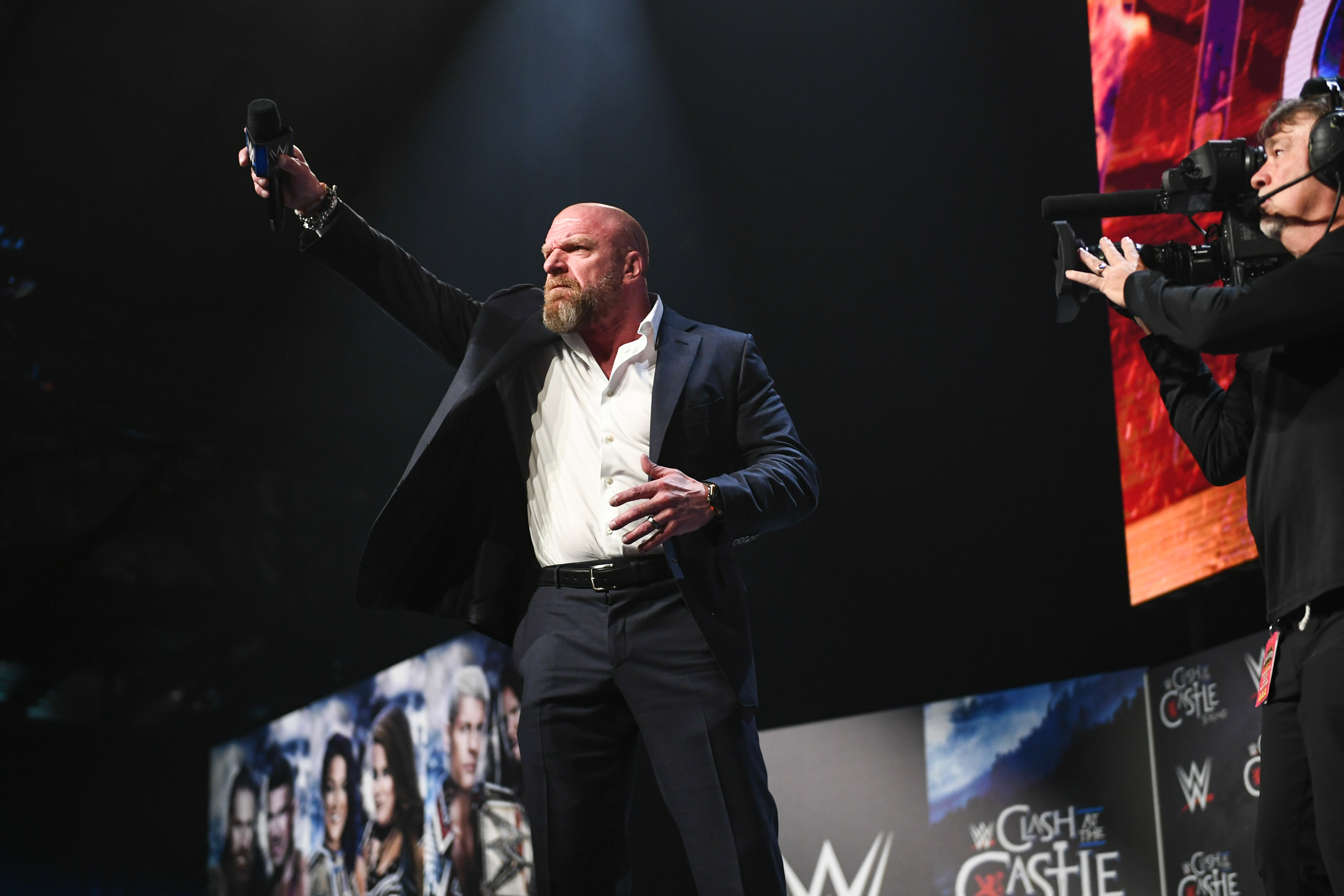
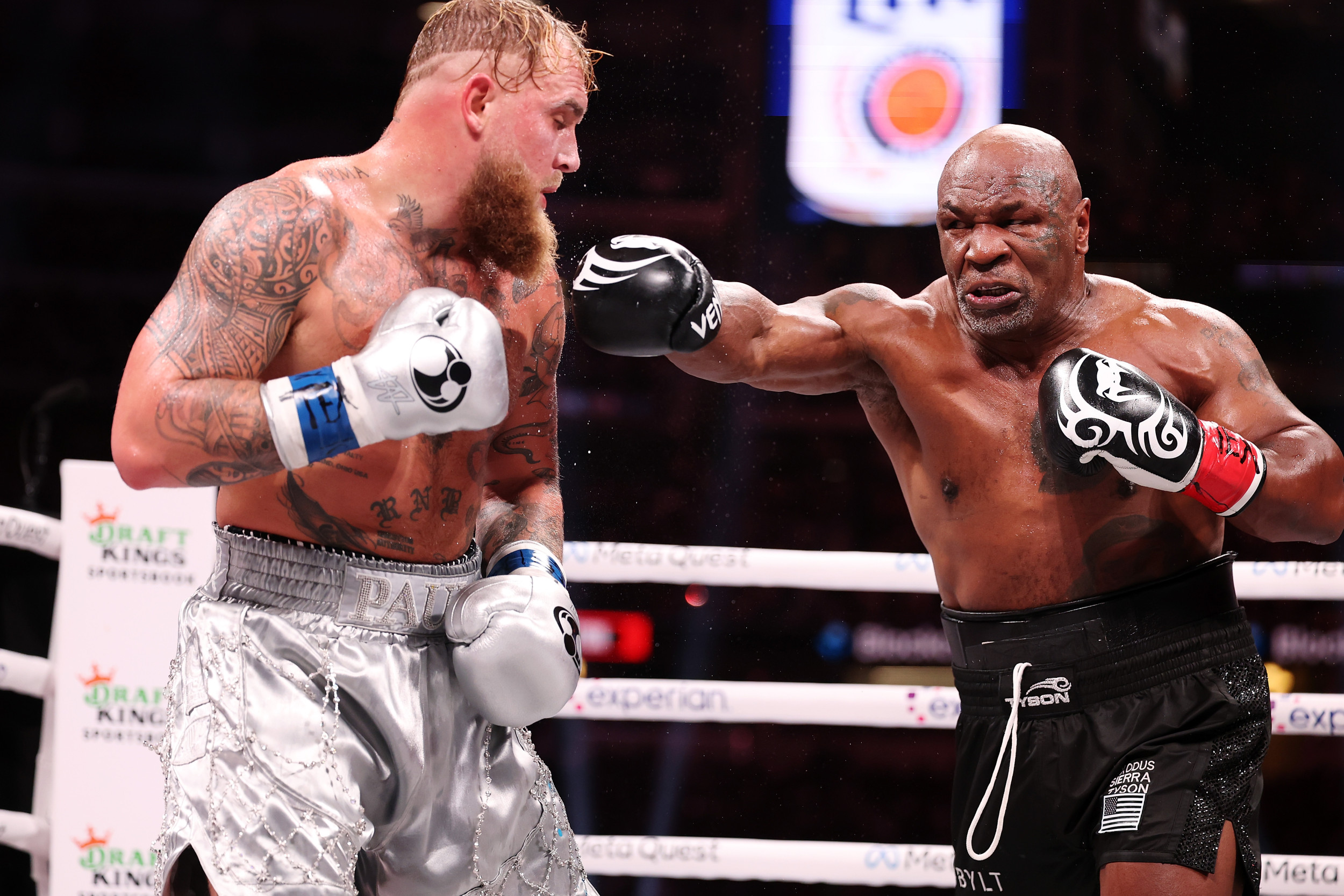
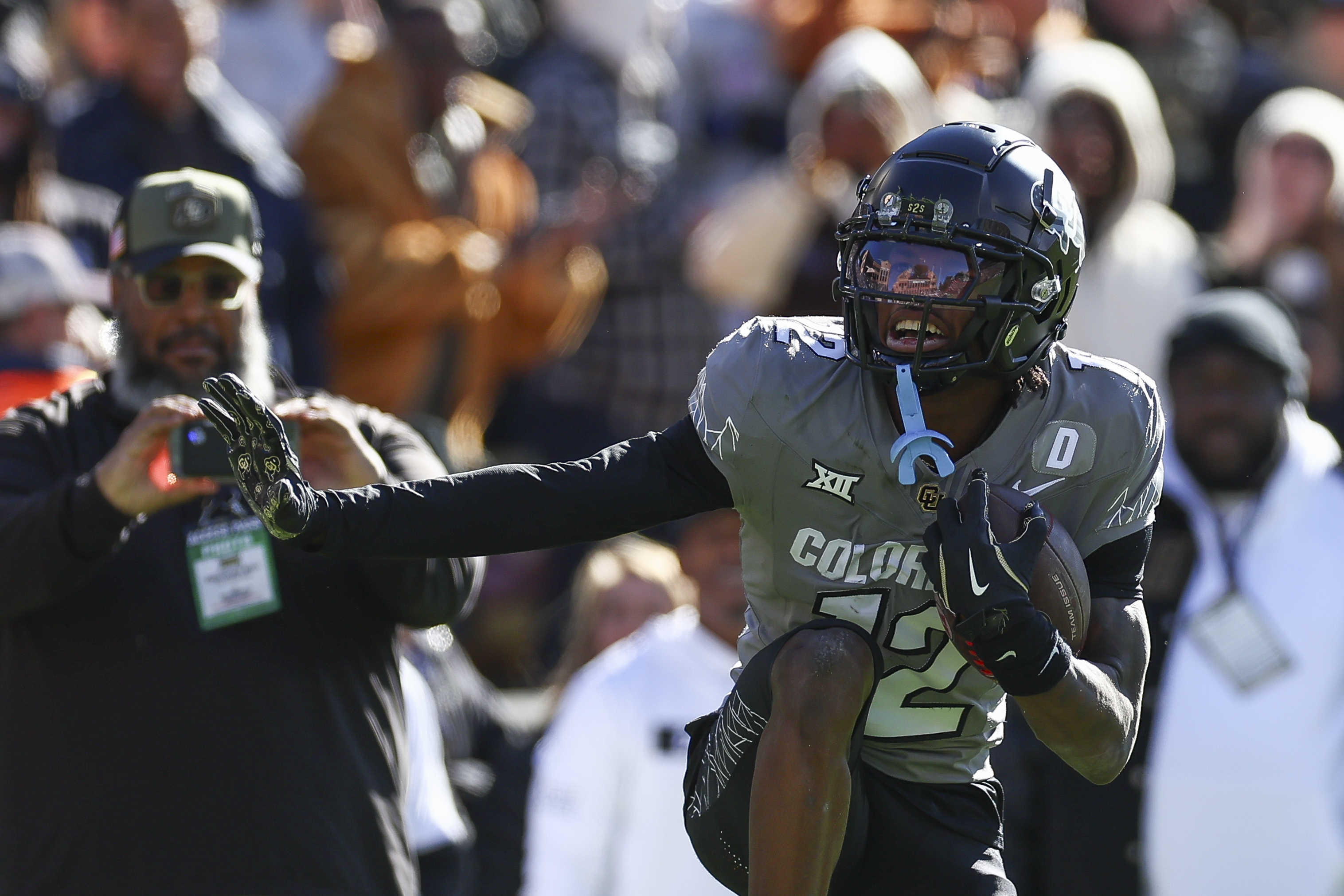
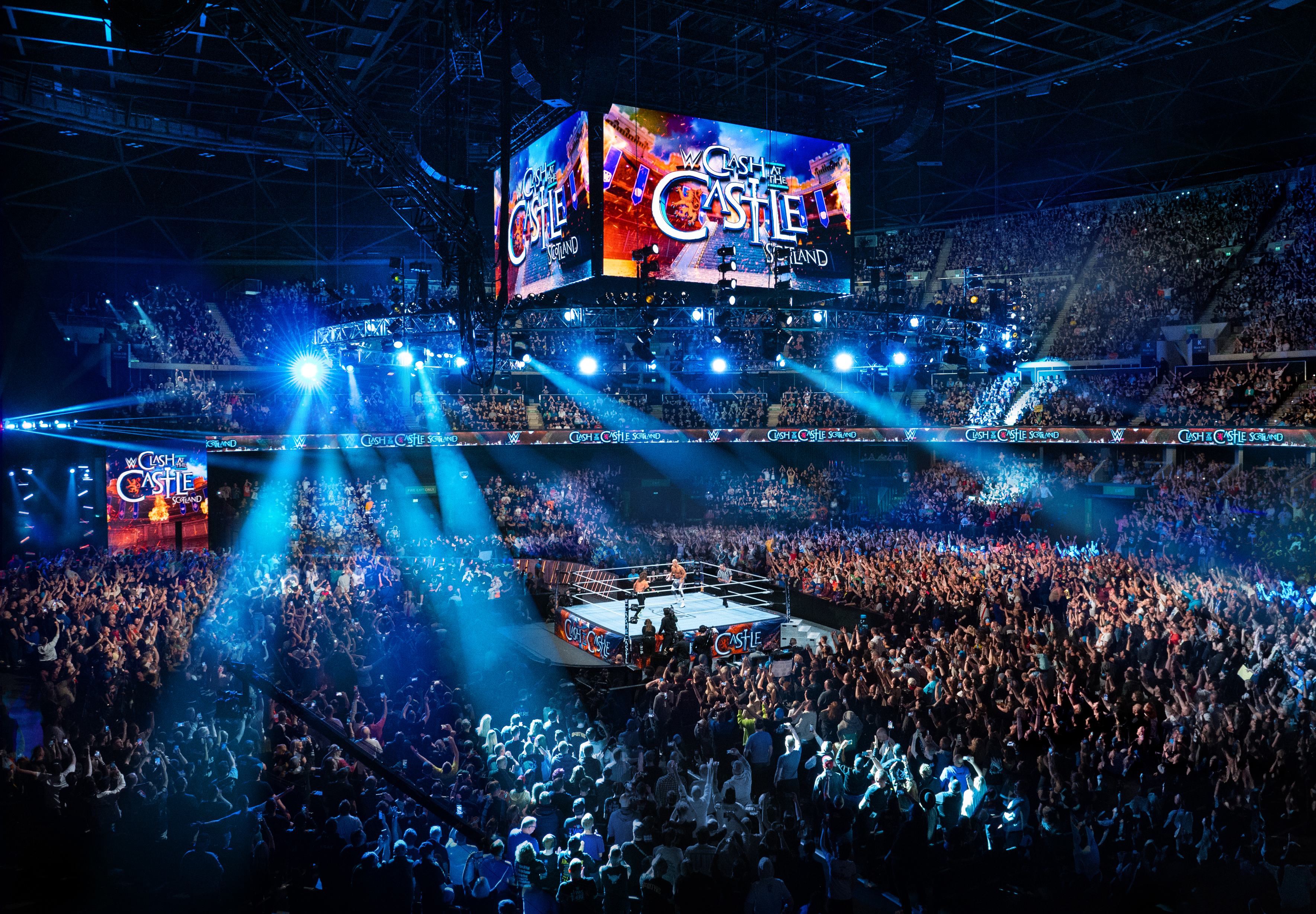
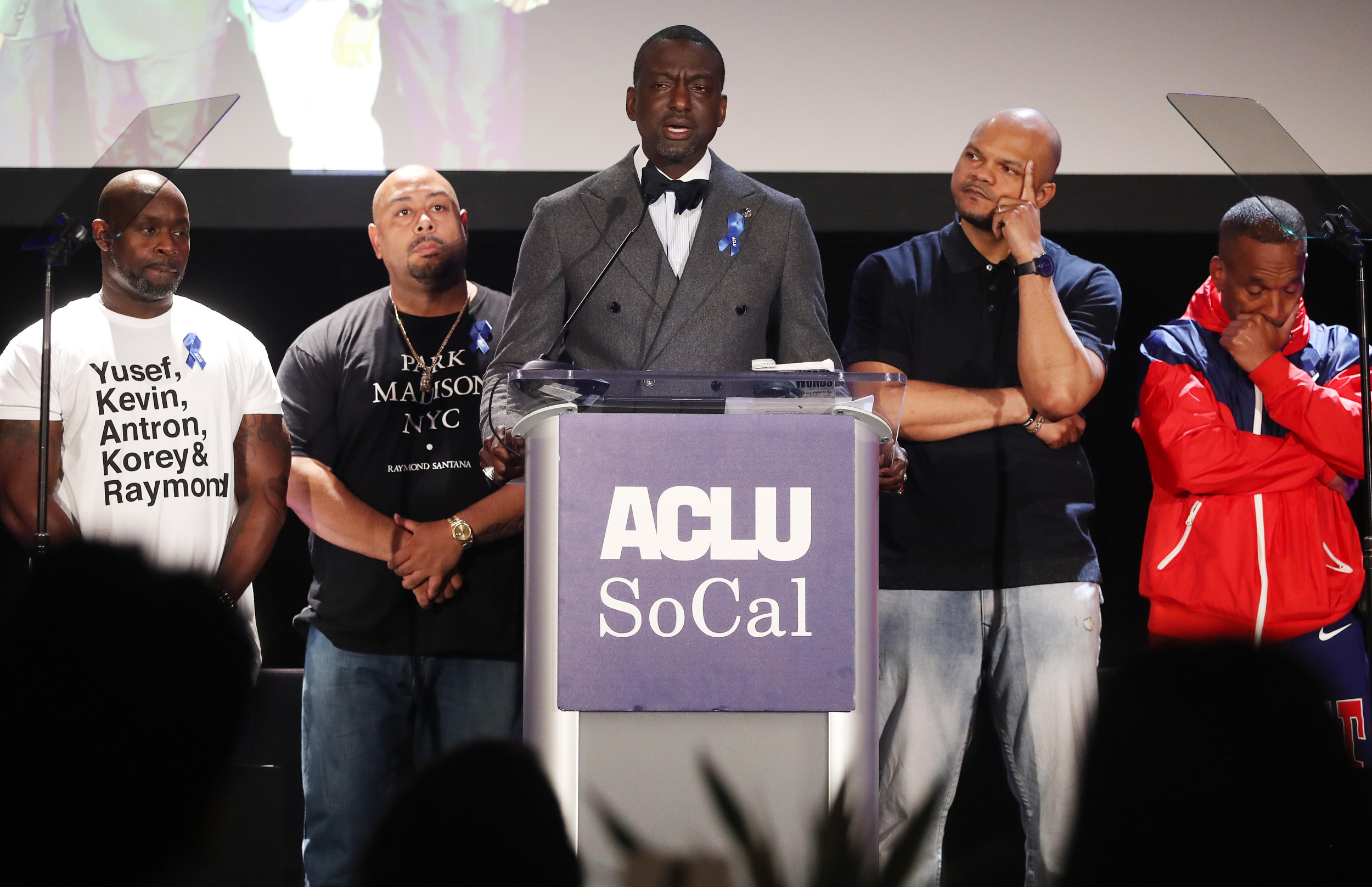
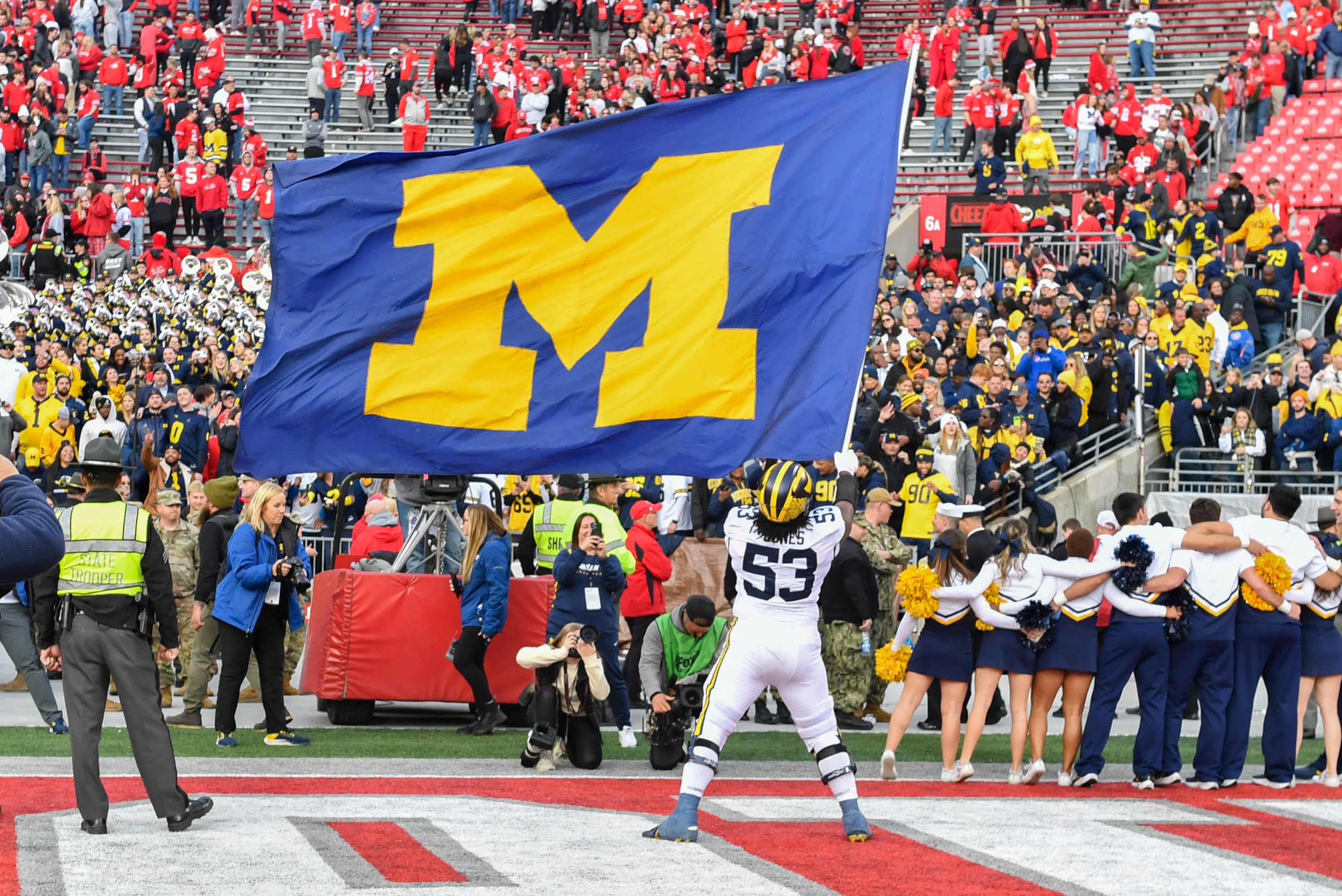
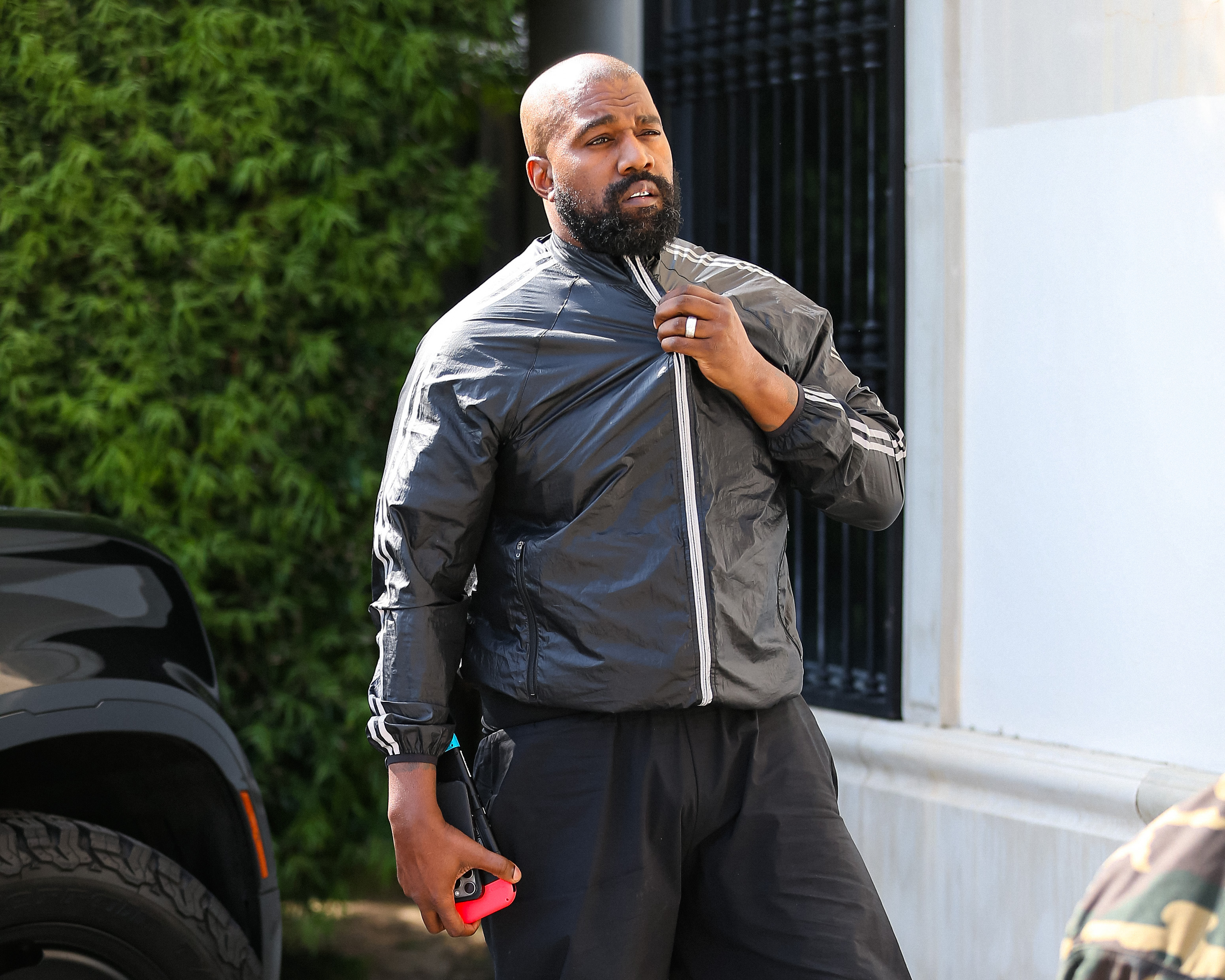









 English (US) ·
English (US) ·